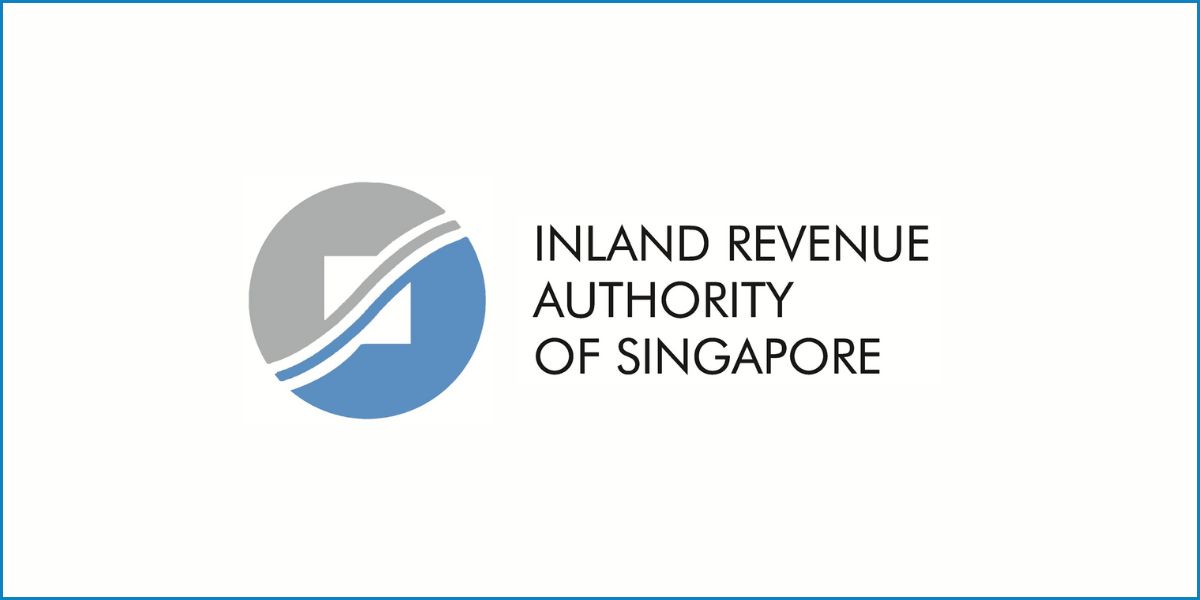On 14 June 2024, the Inland Revenue Authority of Singapore (IRAS) published the Seventh Edition of its e-tax guide on transfer pricing. The most important changes are summarised as follows:
Enhanced clarity on working capital adjustment
The guidelines now include frequently asked questions (FAQs) addressing working capital adjustments under the Arm’s Length Principle in Section 5.
Efficient documentation requirements
Section 6 has been updated to incorporate new exemption rules for related party domestic loans commencing from 1 January 2025. Documentation will no longer be mandatory for loans where neither party engages in regular borrowing and lending activities, provided an indicative margin is applied.
Increased threshold for TP documentation exemption
Starting from Year of Assessment (YA) 2026, the threshold for exemption from Transfer Pricing (TP) documentation has been raised from SGD 1 million to SGD 2 million. This exemption now encompasses various transactions such as service provision, lease agreements, and guarantees.
Clarifications and new FAQs
The guidelines offer clearer instructions on completing simplified TP documentation declarations and introduce new FAQs regarding long-term loans and supplementary information provision.
Updates to audit and adjustment processes
Sections 7 and 8 have been revised to improve the transfer pricing audit process and provide enhanced guidance on adjusting related party transactions, including those involving capital transactions.
Related party loans
The arm’s length principle requires that interest rates for related party loans match those charged between unrelated parties for similar loans under similar conditions.
For related party domestic loans made before 1 January 2025, where both lender and borrower are Singapore taxpayers and the lender is not in the borrowing and lending business, IRAS will limit the interest expense claimed by the lender to align with the arm’s length principle. If the lender is in the business of borrowing and lending, the interest rate must follow the arm’s length principle.
For related party domestic loans entered into on or after 1 January 2025, if both the lender and borrower are Singapore taxpayers and neither is in the borrowing and lending business, they can use the IRAS indicative margin to determine the interest rate, regardless of the loan amount. If they choose not to use the IRAS indicative margin, or if either party is in the borrowing and lending business, the interest rate should be based on the arm’s length principle.
For cross-border related party loans, adherence to the arm’s length principle is required.
IRAS does not consider interest-free related party loans to be arm’s length transactions unless there is reliable evidence that independent parties under similar circumstances would also provide interest-free loans.
Revised penalty and MAP guidelines
Sections 9 and 11 have been updated to detail circumstances for remission surcharges under Section 34E of the Income Tax Act (ITA) and to streamline the Mutual Agreement Procedure (MAP) application process.
Inclusion of new sections
A new Section 18 has been inserted to cover government assistance measures introduced in response to the COVID-19 pandemic.














